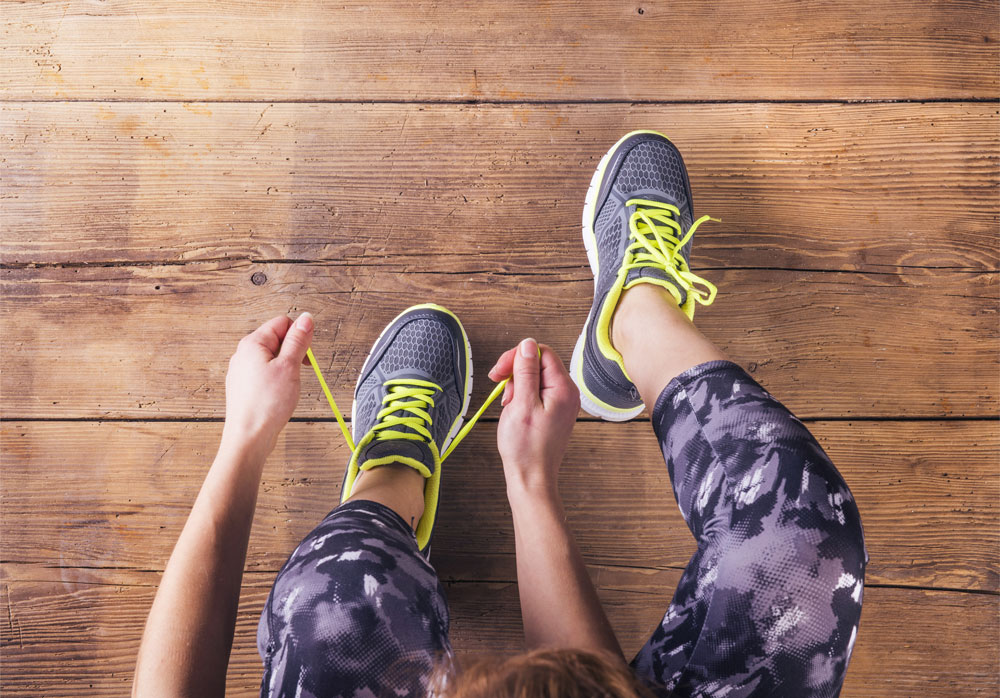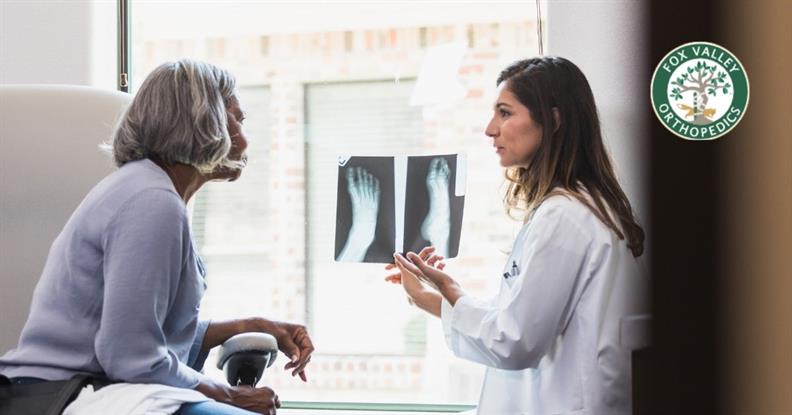Condition Body First to Avoid Knee Pain; Reward With Sports
- Category: General
- Posted On:
- Written By: Kevan E. Ketterling, MD

“Doc, my knee really aches after I play.” This is one of the most common complaints a sports medicine doctor hears. In the majority of cases, the athlete experiences this aching under or around the knee or kneecap. In medical terms, this pain was referred to as patellofemoral pain since it occurs between the patella (kneecap) and femur (thigh bone).
Patellofemoral pain, or knee pain, is common in athletes at all levels of competition, and men and women are effected equally. Complaints include pain and swelling after activity, grating under the kneecap and exacerbation of the pain when the knee is bent. The onset is insidious and usually there is no specific injury. Often symptoms occur at the beginning of a new season.
The cause of knee pain is abnormal wear on the undersurface of the kneecap. The kneecap acts as a part of the straightening mechanism of the knee along with the muscles the front of the thigh. Its function is to increase the straightening power of these muscles. The forces on the undersurface of the kneecap increase as the knee is bent, and may be as high as 8-12 times body weight when squatting. Weak thigh muscles further add to these forces. The increased pressure may exceed the limits of what normal cartilage can bear, leading to abnormal wear and knee pain.
Knee Pain Treatment Options
Fortunately, most cases respond to simple treatment. This includes a short period of rest followed by a gradual return to activity using knee pain and swelling as guidelines. Avoidance of activities which require bending the knee deeply, such as squatting or running hills, is recommended. Cross-training can be particularly useful to maintain fitness while avoiding aggravating activities. Ice before and after workouts is essential, and often anti-inflammatory medication such as aspirin or ibuprofen may be helpful.
Most important is an exercise program to strengthen the thigh muscles. The stronger these muscles are, the less wear and tear on the kneecap. This is not only therapeutic, but preventative. The days of athletes playing themselves into shape are over. We now recognize that athletes must condition themselves with a weight training and an exercise program before practice begins.
Most sports are what one of my professors used to call “reward sports” as far as knee pain is concerned. Actual playing of the sport does little to strengthen the thigh muscles and protect the kneecap. The opportunity to participate would be thought of as a reward for the athlete’s diligence in preparing for play through a conditioning program.



